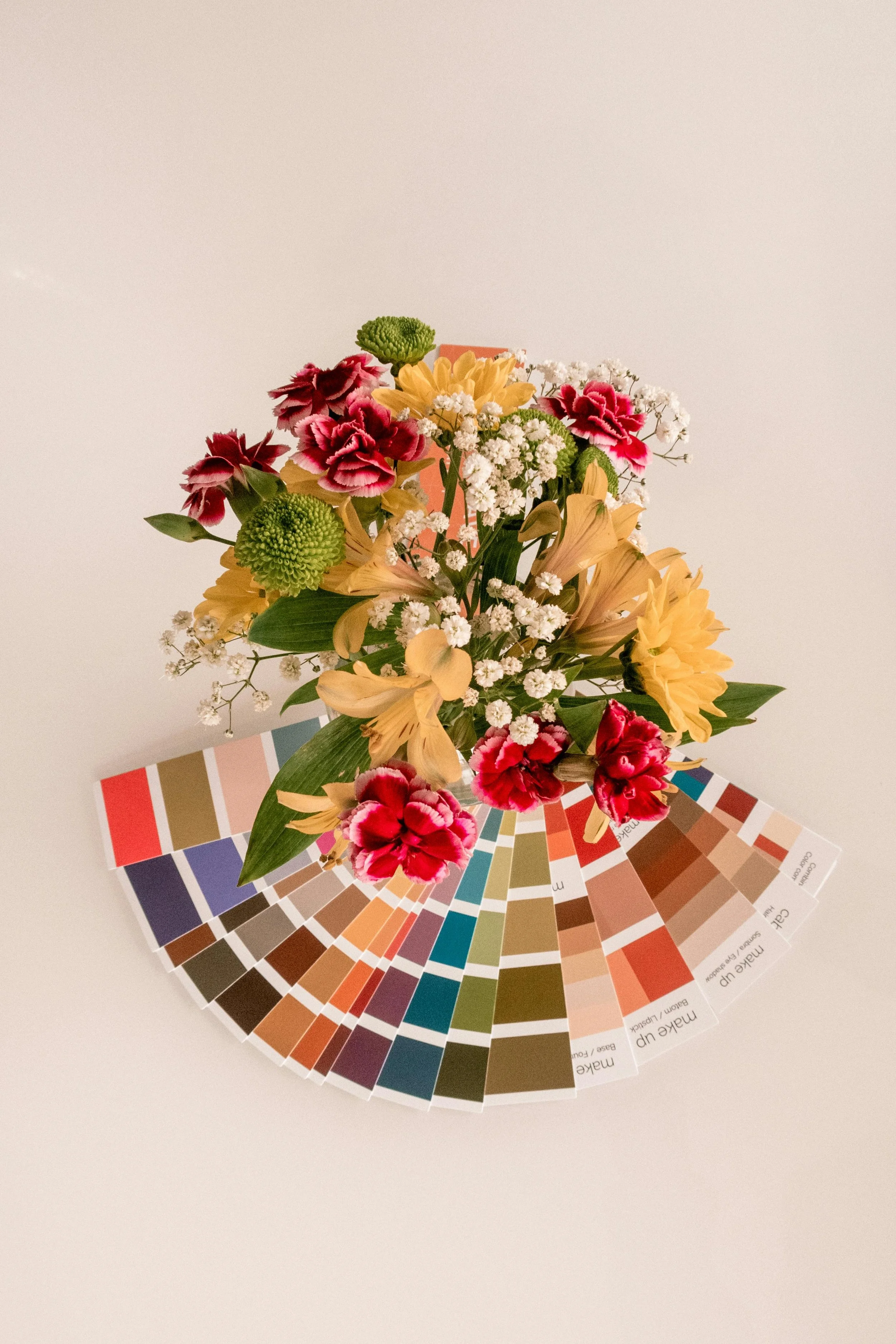Why I Avoid 12 Seasons Color System
pexel/lribeirofotografia
Color analysis is a powerful tool for uncovering the hues that bring out your natural beauty. But when it comes to helping my clients discover their best colors, I don’t rely on the traditional 12-season system. While it’s a popular approach, I’ve found it to be limiting, inconsistent, and sometimes even misleading. Let me share why I believe there’s a better way to approach color analysis.
1. It Focuses on Hair and Eye Color Instead of Skin Tone
The 12-seasons system often places heavy emphasis on hair and eye color, sometimes at the expense of the most important factor: your skin tone. Skin is the foundation of your coloring, and it determines whether you lean toward cool or warm, bright or muted. For example, Alexis is Cool and Muted despite her bright blue eyes. Julianne Moore is Cool and Vivid despite her warm red hair. If these ladies wore clothing based on their hair/eye color instead of their skin undertone, they would look separate and unhealthy.
By prioritizing hair and eye color, the 12-season system can lead to inaccurate recommendations. Hair color changes—through age or dye—and eye color often reflects a spectrum of shades. Your skin tone, however, remains constant, and that’s where the focus should be.
2. Skin Tone Fits Four Categories More Accurately
I’ve found that simplifying color analysis into four categories—Cool Muted, Cool Bright, Warm Muted, and Warm Bright—is more effective and intuitive.
These categories reflect the overall undertone and intensity of your coloring without forcing you into an overly specific “season.” This streamlined approach ensures that the recommendations feel harmonious, natural, and easy to apply.
3. Your Body Type Matters, Too
Color analysis doesn’t exist in isolation—it needs to work with your overall aesthetic, including your body type. Systems like Kibbe’s style archetypes emphasize how the balance of yin (soft, rounded features) and yang (sharp, angular features) in your body should influence your clothing choices.
For example:
Yang-dominant types (sharp, structured features) often look better in bold, heavy colors.
Yin-dominant types (soft, rounded features) tend to shine in lighter, softer, or brighter tones.
The 12-season system doesn’t account for this. It might recommend muted, pastel shades to a dramatic, yang-dominant individual, leaving them feeling washed out or out of sync with their natural energy.
4. It Pigeonholes Women of Color
One of the most glaring issues with the 12-season system is its tendency to assign women of color to just two categories: Deep Winter or Deep Autumn. This oversimplification ignores the diversity of skin tones, undertones, and intensities of melanated people. Lucy Lui is an example of this. Despite being categorized as a “deep winter”, Lucy shines when she wears warm muted colors like burgundy, olive green, beige, and warm ivory. Because Lucy is high contrast, she can easily incorporate black in her wardrobe better than low contrast Reese Witherspoon (also warm muted).
5. Color Analysis Is a Spectrum, Not a Box
Colors don’t exist in rigid boundaries—they flow and shift, forming a spectrum. A person’s unique coloring often sits between categories, blending aspects of different “seasons.”
Instead of trying to place people in strict boxes, I embrace the spectrum. This approach allows for flexibility, creativity, and individuality. It acknowledges that your best colors might not fit neatly into a single category—and that’s okay.
ChromaKey: A More Intuitive Approach to Color
If you’ve ever felt limited or confused by the 12-season system, know that there’s a better option—one that cherishes and celebrates your unique beauty.
This is where ChromaKey comes in. ChromaKey is a unique color analysis method that addresses the problems found in traditional 12 season color analysis. ChromaKey works by:
Determining if the skin undertone is cool or warm
Determining if the client is vivid or muted
Addressing the client’s value contrast
If brighter or heavier colors suit the client’s yin/yang features.
My goal is to make color analysis feel natural, empowering, and aligned with who you are. By focusing on skin tone, considering body type, and embracing individuality, I help my clients find colors that truly resonate.
Are you ready to explore a more intuitive approach to color? Let’s embark on a journey to discover the hues that bring out the best in you by booking a color consultation today!

